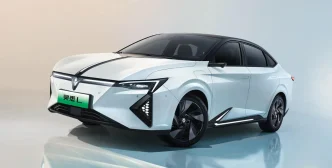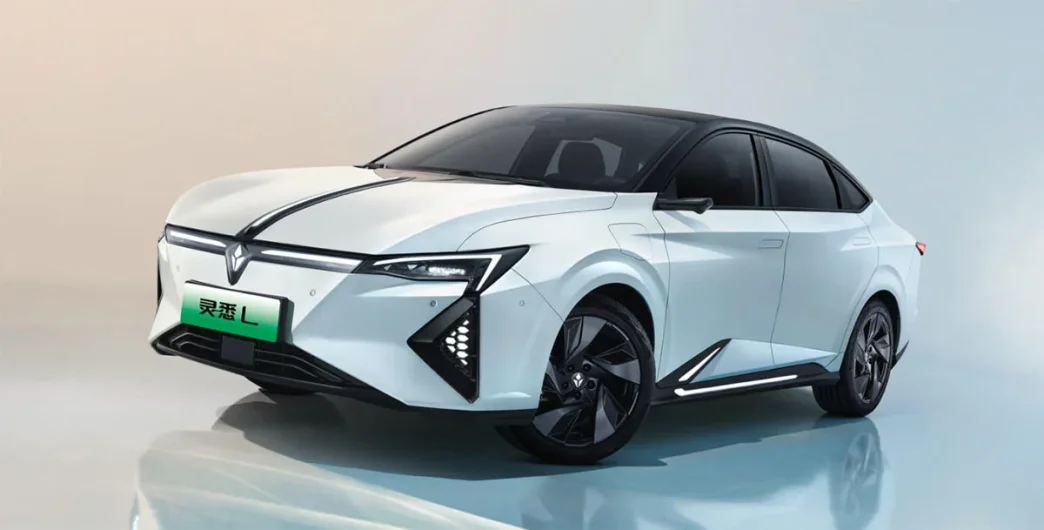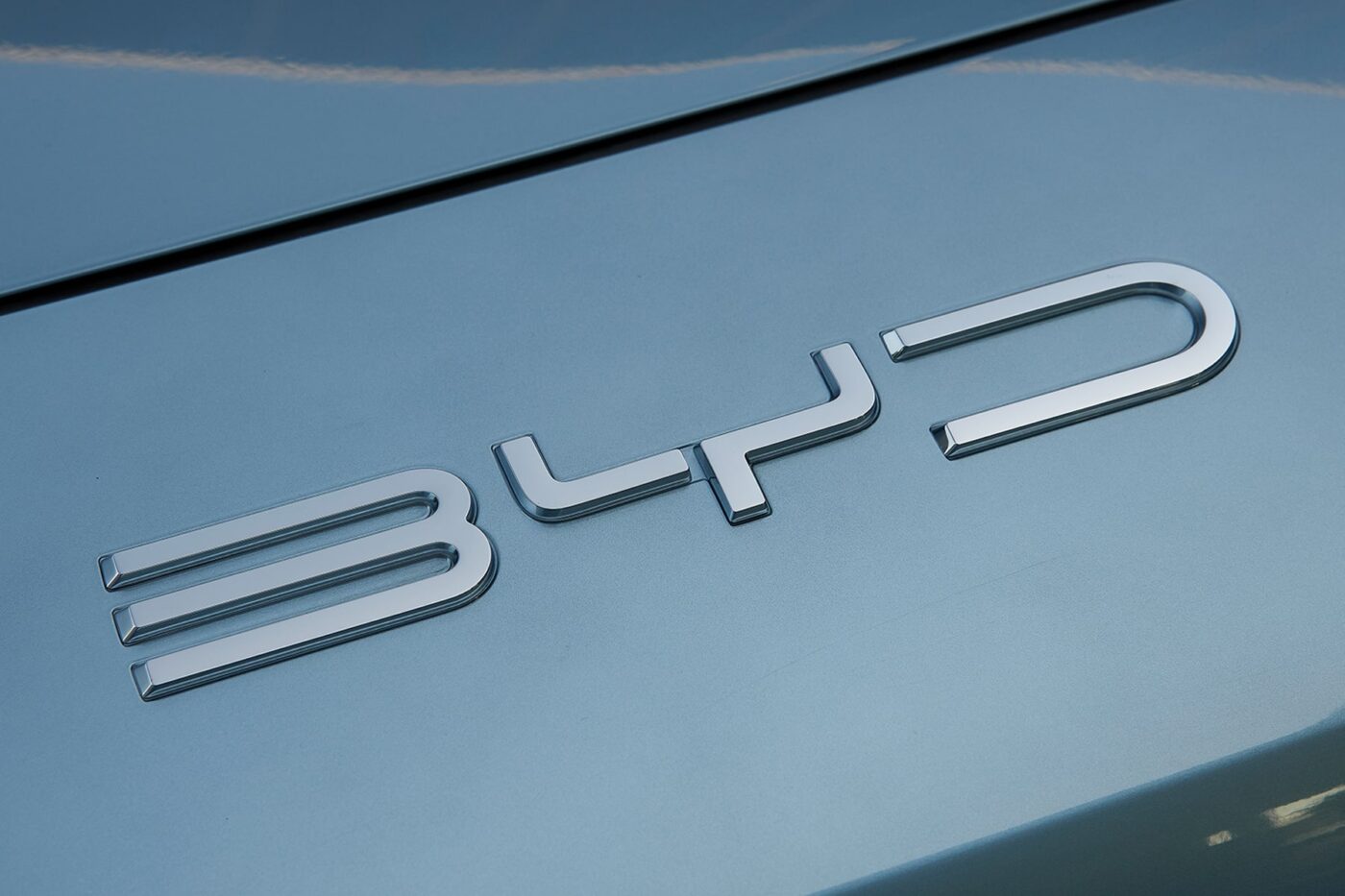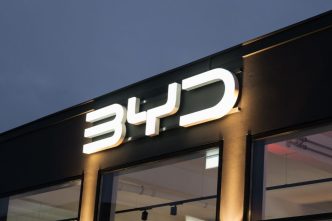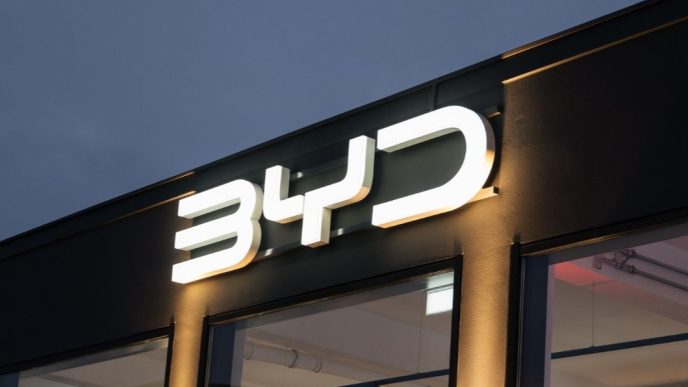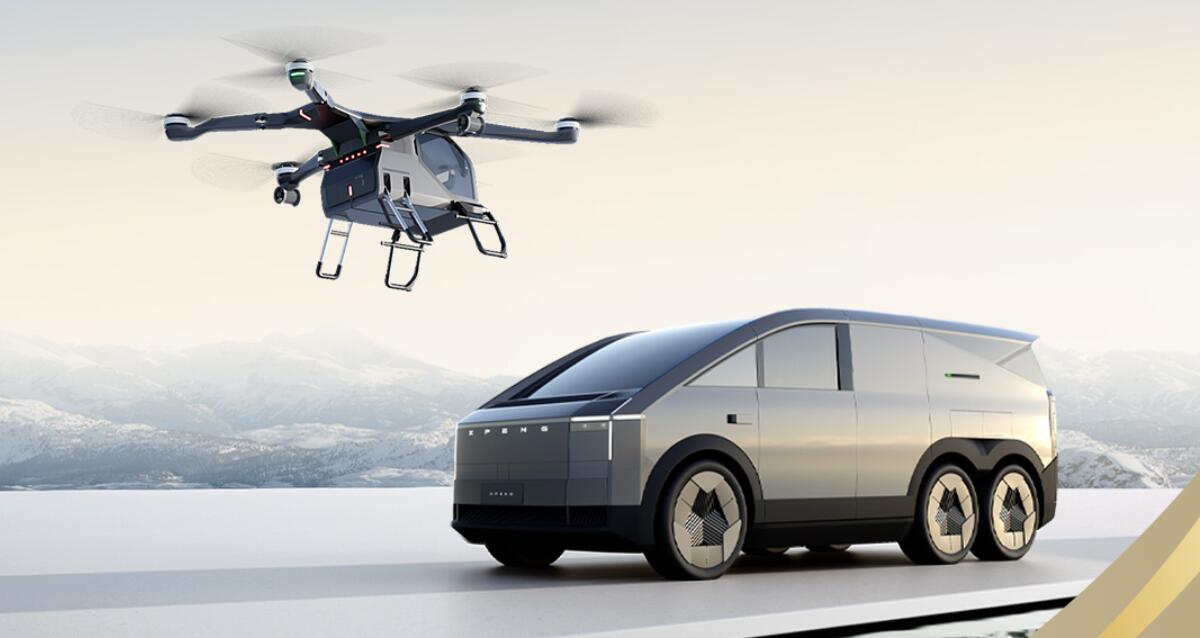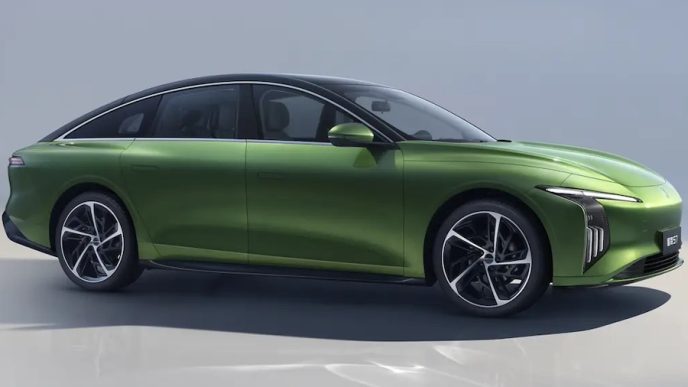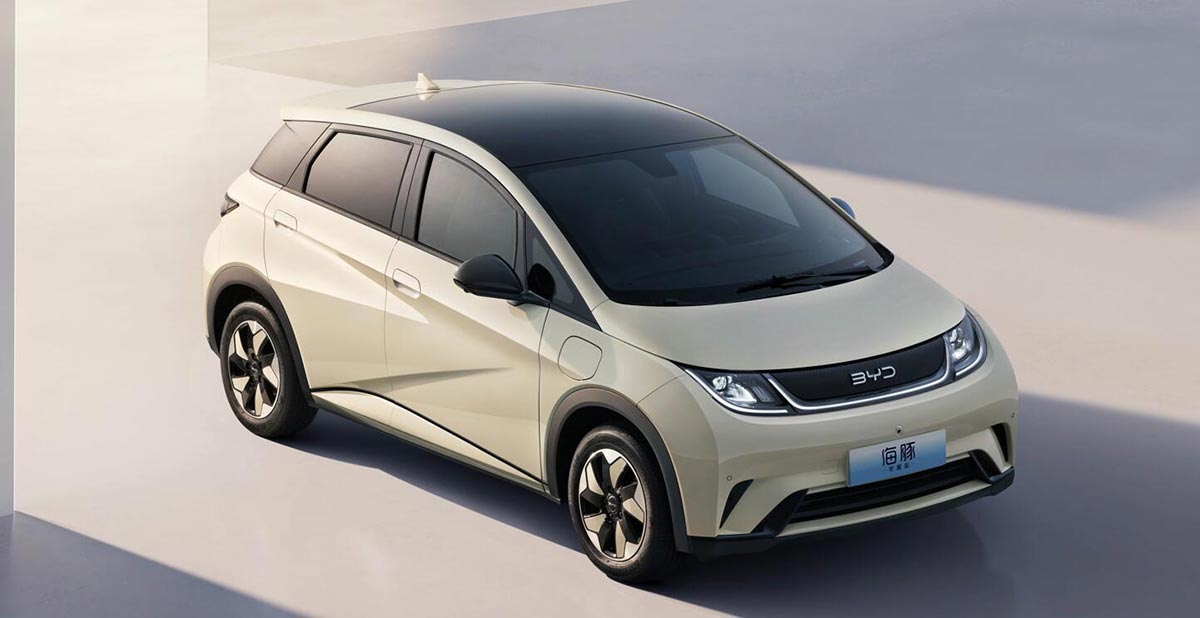Dongfeng Honda, a collaboration between Japan’s Honda and China’s Dongfeng Motor, has introduced the Lingxi L, marking the debut of its electric vehicle (EV) sub-brand, Lingxi. This launch comes at a critical time as joint venture brands struggle to keep pace with the rapid electrification of the Chinese automotive market.
Key Specifications and Features
The Lingxi L is a mid-size all-electric sedan with dimensions of 4,830 mm in length, 1,845 mm in width, and 1,503 mm in height, alongside a wheelbase of 2,731 mm. Its pricing starts at RMB 129,800 (approximately $18,500), positioning it competitively against models like BYD’s Qin Plus EV Glory Edition, which ranges from RMB 109,800 to RMB 139,800.

Under the hood, the Lingxi L is equipped with a front-mounted single motor that delivers 160 kW of power and 310 Nm of torque, enabling acceleration from 0 to 100 km/h in just 6.9 seconds. It has a top speed of 160 km/h and is powered by a BYD-supplied lithium iron phosphate battery with a capacity of 59.22 kWh, offering a CLTC range of 520 kilometers and an energy consumption rate of 12.9 kWh per 100 kilometers.
Notably, the model features digital exterior rear-view mirrors, which is uncommon in its segment, along with a sophisticated Lingxi Drive intelligent driving system that integrates 14 driving assistance features, including adaptive cruise control, automatic parking, a 360-degree panoramic view, transparent chassis technology, and lane-keeping assist.

Strategic Goals and Market Context
The launch of the Lingxi L aligns with Dongfeng Honda’s ambition to electrify over 50 percent of its product lineup by 2025 and to offer more than ten all-electric models by 2030. This commitment was made during the announcement of the Lingxi brand on September 21, 2023, which aims to cater specifically to young consumers, led by a dynamic research and development team.
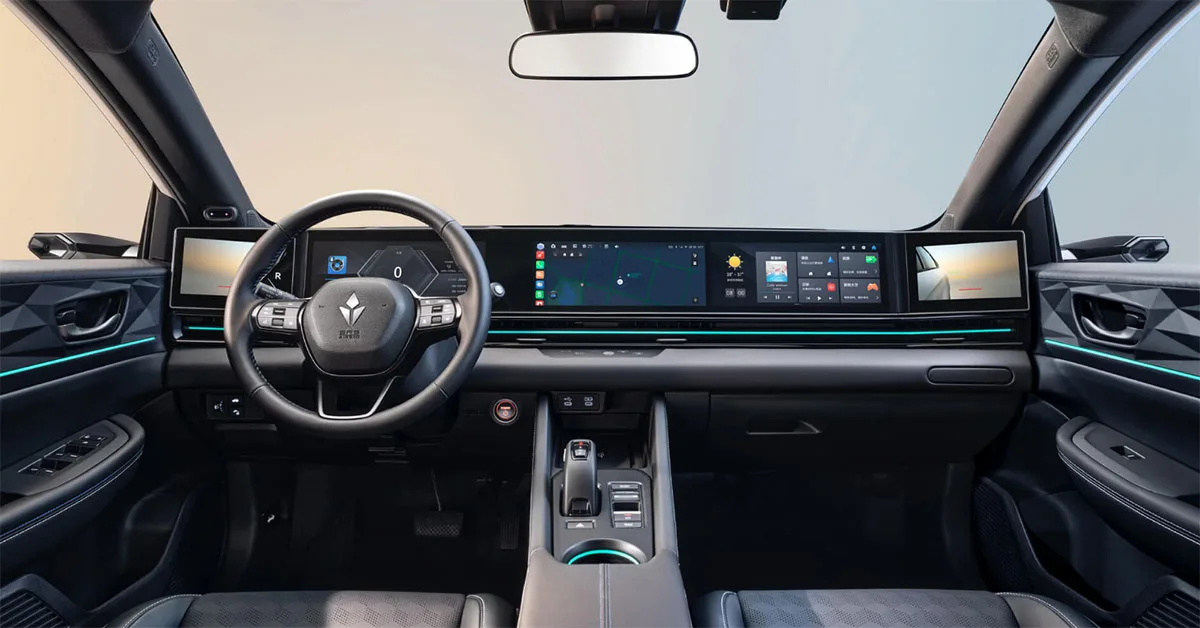
However, Dongfeng Honda enters a highly competitive landscape. In August, China’s new energy vehicle (NEV) retail sales reached a historic high of 1,027,000 units, with local brands capturing a dominant 75.9 percent market share. In contrast, mainstream joint venture brands like Dongfeng Honda faced significant challenges, only achieving an 8 percent share of the NEV market, highlighting the urgency for joint ventures to innovate and adapt to the changing consumer preferences.
Honda’s earlier pure EV brand, e:N, launched in October 2021, alongside models like e:NS1 and e:NP1 from its joint ventures, has struggled to gain traction, with a notable decline in Honda’s fuel-vehicle sales in China. The successful introduction of the Lingxi L could be pivotal in revitalizing Honda’s presence in the growing EV sector.

